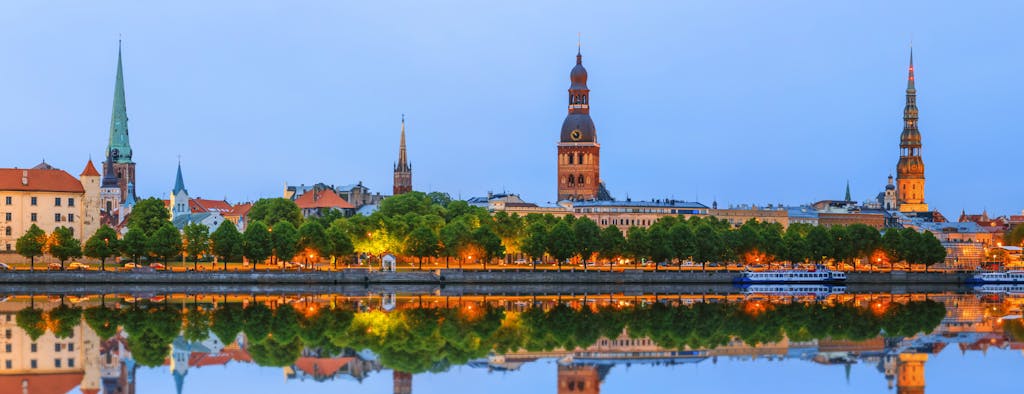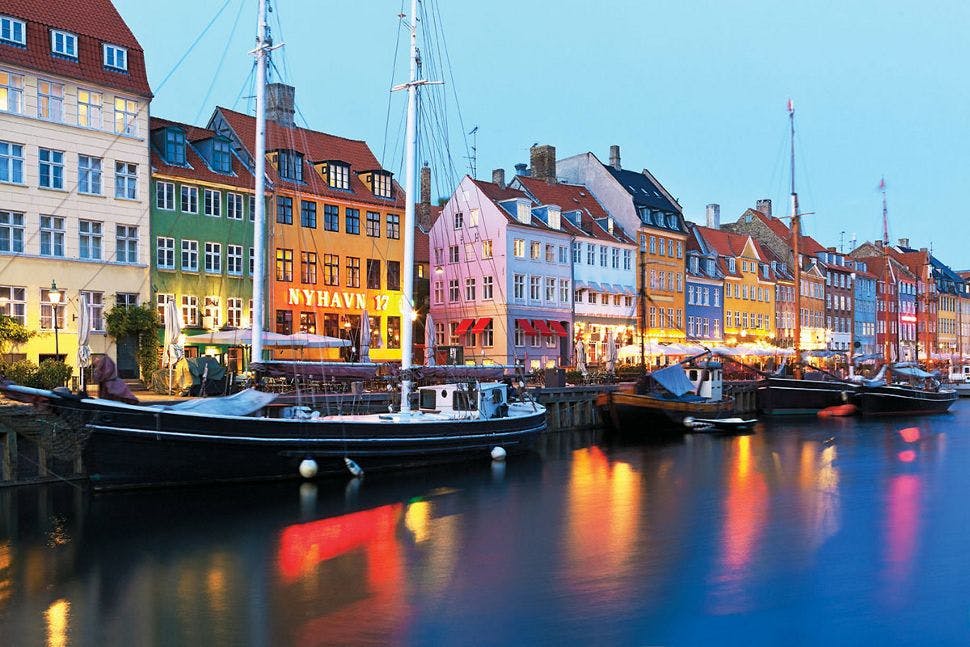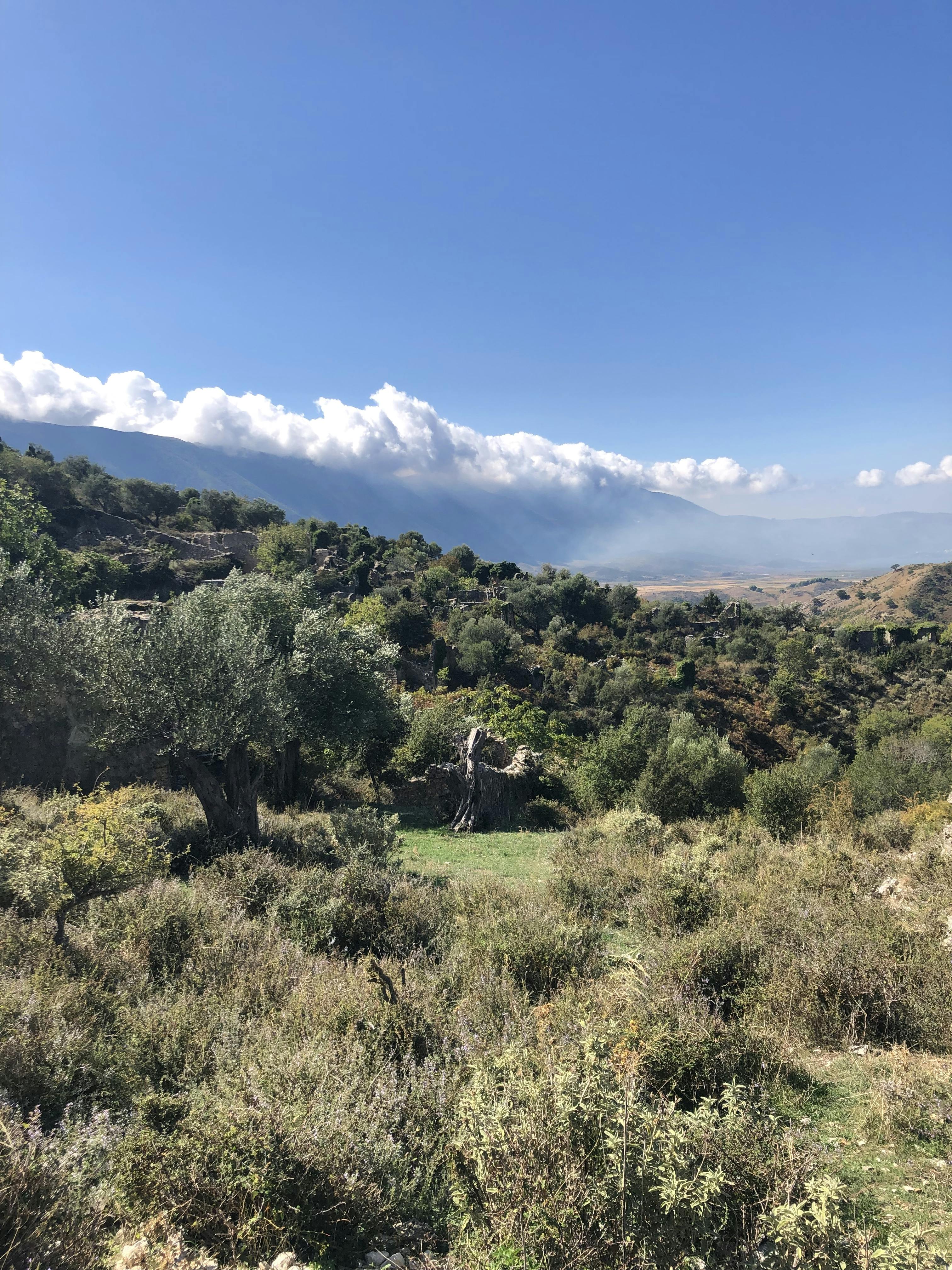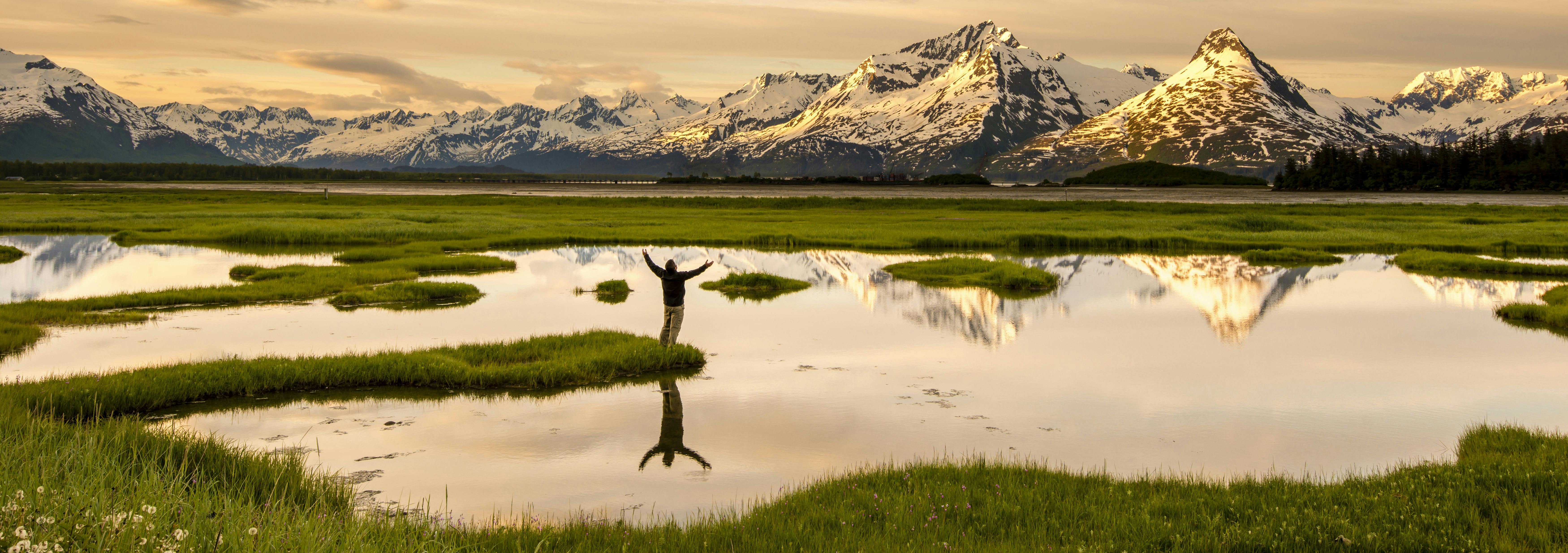Everything You Need to Know: The Baltic Sea’s Estonia, Latvia and Lithuania
Proud, compact, beautiful, distinctive and thriving – Estonia, Latvia and Lithuania, the three Baltic states –comprise a unique travel destination. Not so long ago they were small, somewhat backward provinces in the Soviet empire, cultural and geographical afterthoughts.
Now, a generation and a half later, they are modern, glistening green gems of the European Union, fully established members of the Western world and delightful small countries for travelers seeking antidotes to the teeming hordes of Europe’s big-name destinations.
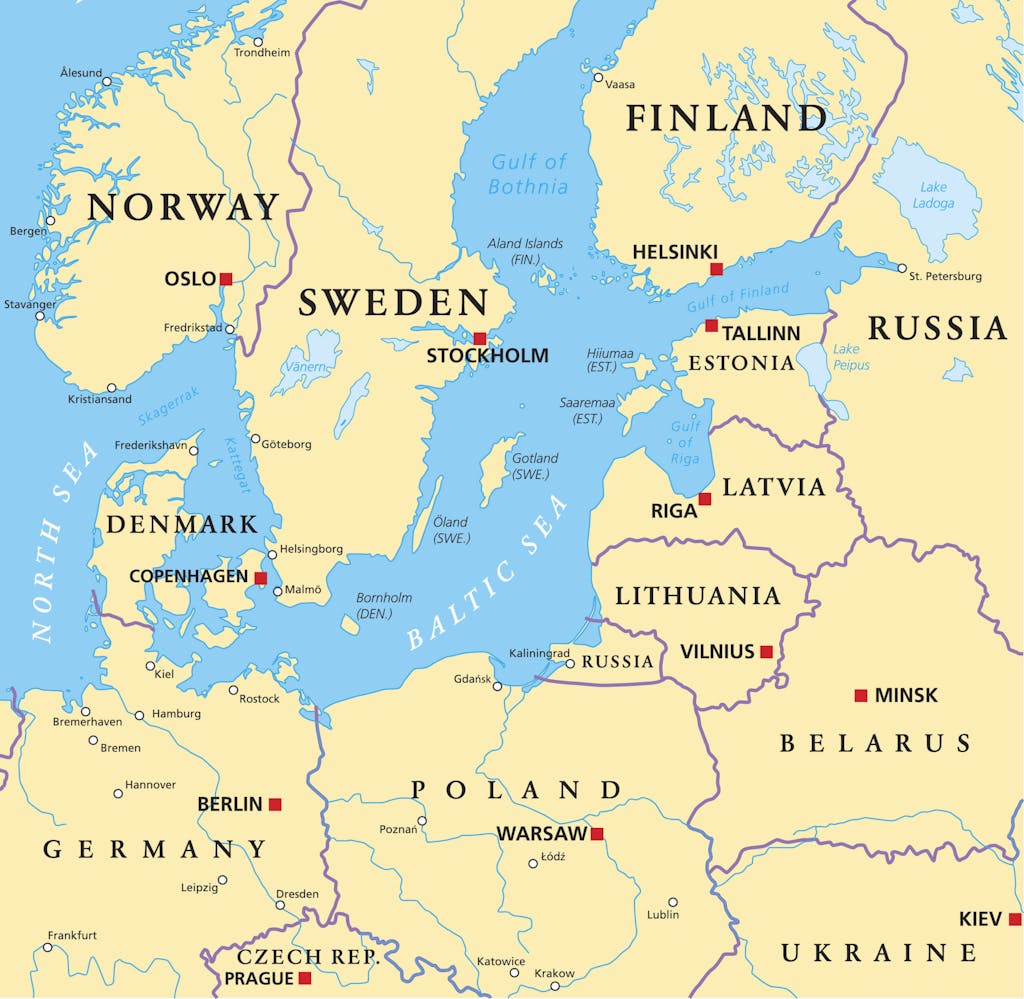
It’s hard to think of any part of the world that reversed course as quickly as these three lands after throwing off their Soviet shackles in 1991. Today, all three countries boast highly digitized economies, well-educated populations, superb health care and public services – and deep reverence for the centuries of history and heritage that led to their long-sought freedom more than three decades ago.
Baltic peoples now wryly point out that only the imperial accident of Russian (followed by Soviet) domination links the three countries. Latvians and Lithuanians are distantly related, but Estonians are not. These peoples coexisted for centuries, like Austrians and Hungarians.
True independence for the three countries first came in 1918 during the collapse of Czarist Russia, but this short-lived freedom was swallowed by World War II, followed by Stalinist rule, and was restored only after the dissolution of the Soviet Union in 1990.
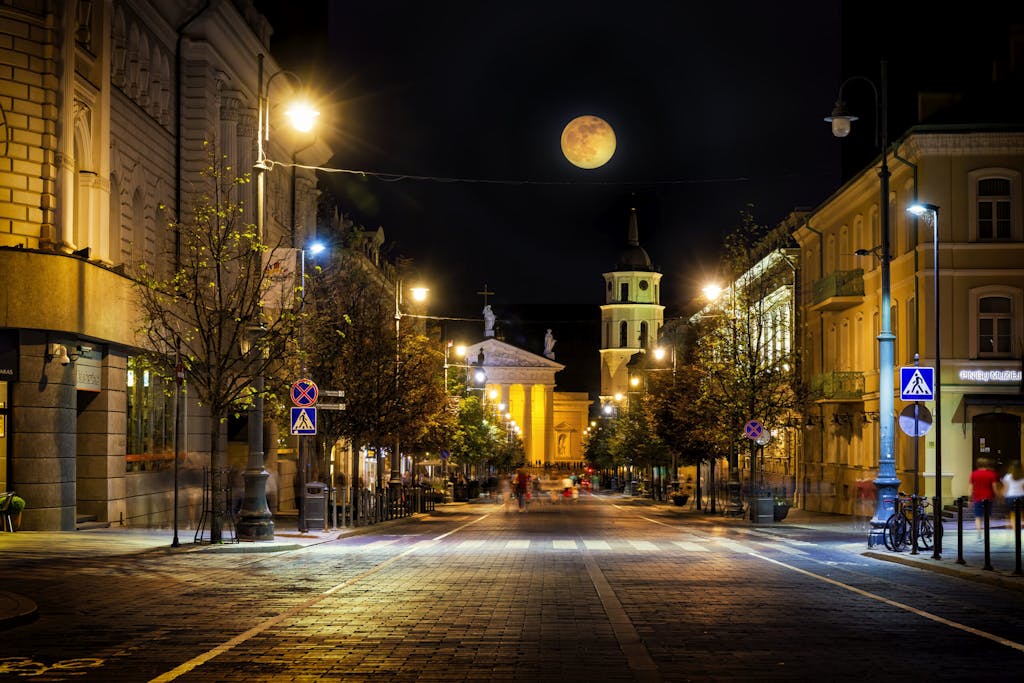
The three Baltic states earned what they had wanted all along: full participation in the Western world in all its colorful facets. This means high-quality modern jazz concerts in in tree-lined squares in Latvia’s capital, Riga (pictured in photo across the top).
It means near-universal internet access. It means astounding economic success: All three countries rank in the top 40 on the U.N.’s Index of Human Development. And it means cultural sophistication equal to dozens of other small countries that have been on their own for hundreds of years.
The only hangover from Soviet days is a wonderful irony that persists in old jokes (see potatoes below) and a wry, ecumenical view of the outside world.
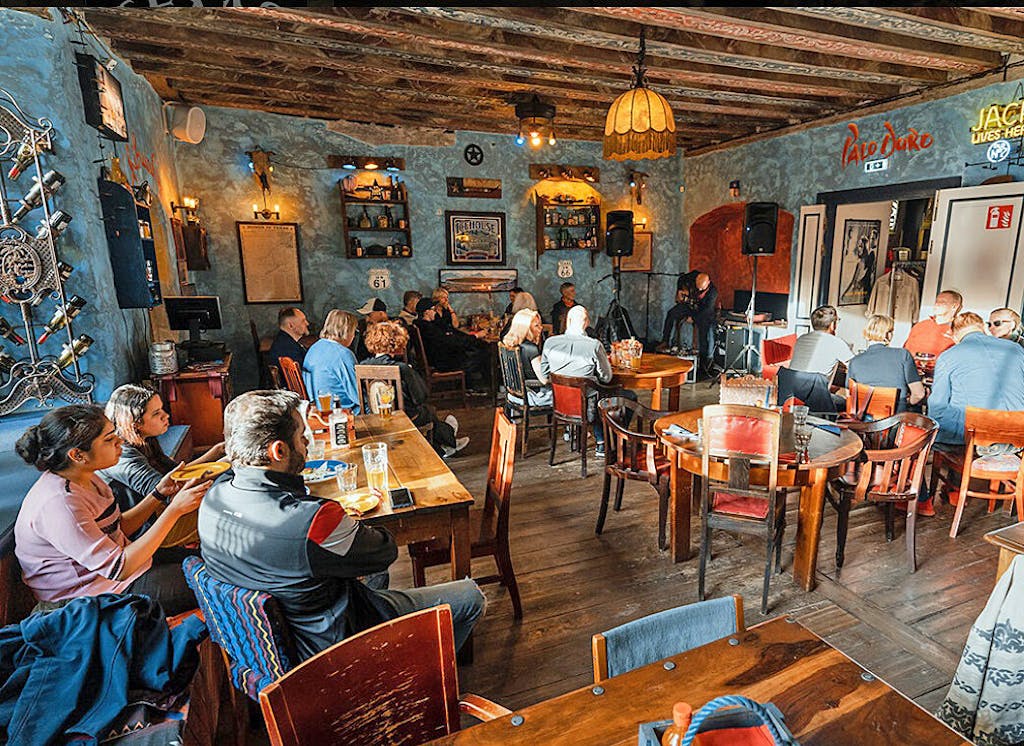
It’s with that in mind that one summer day I stopped in Tallinn’s Cantina Texas, founded in 1998. Sample item: fried burrito with chicken, avocado, pico de gallo and Mexican rice.
While perusing the irony-laden menu, I asked the server, “Ever been to Texas?” With a grin, she replied, “Sadly, no. But I want to go! Not just because I work here.
“They say it’s really big. And free as a bird.” She spreads her arms to simulate the wide sky, which is just as big in this part of the world. But the Baltic states share with Texas an intense identity and fierce self-determination.
Which Silversea ship visits the Baltic States?
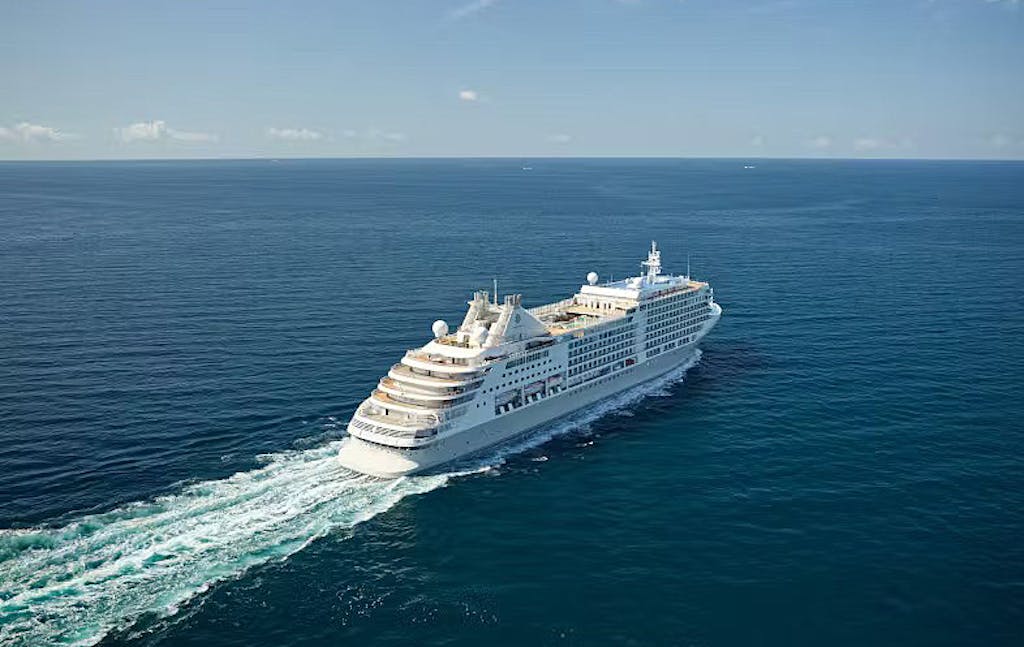
Silver Dawn, a 596-guest ultra-luxury ship made its debut in April 2022. It is the 10th ship in the Silversea fleet. It also features the S.A.L.T. program, a culinary program that opens the world to guests through cuisines of the ports it visits, drinks that reflect those regions, opportunities to learn more about history in a tasteful way.
What should I pack for a Baltic voyage?

Baltic weather is famously temperamental but widely misunderstood. Summer cruise season brings languid, long, sunny days with highs from 70 to 80 and cool nights during which a light sweater or jacket is helpful.

Bring rain gear, sweaters and fleece… and shorts, sun dresses, sunglasses and swimsuits (more on that below). Linens, if you have such, are the ideal fabrics for a Baltic cruise. Foul-weather expedition clothing will be provided, if needed, by excursion operators for those heading out to kayak or hike the woodlands.
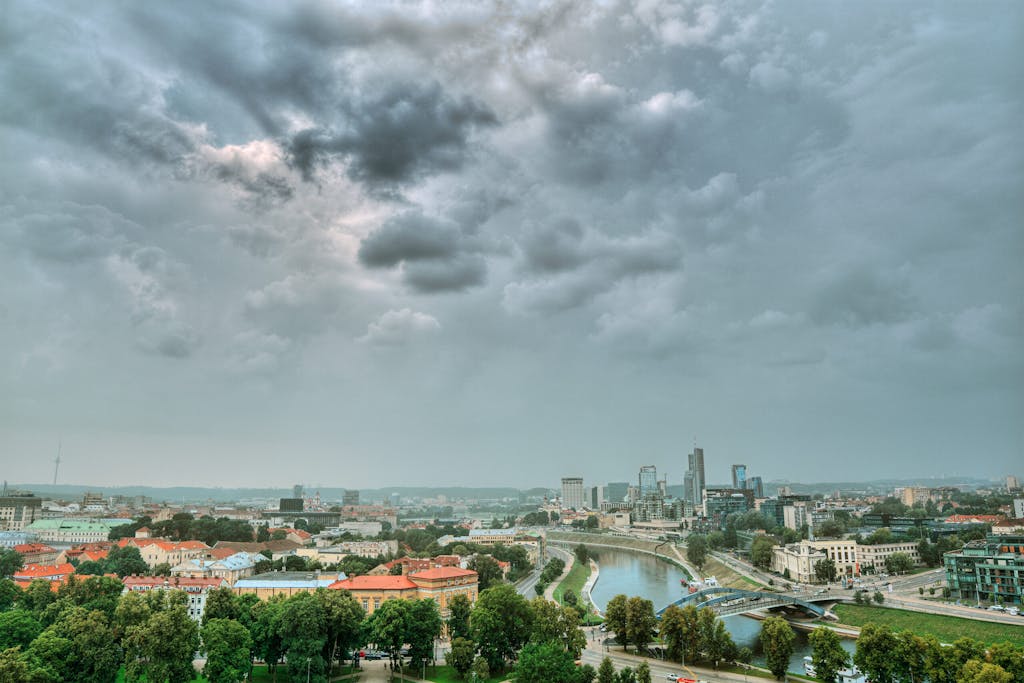
Are the countries really that small?
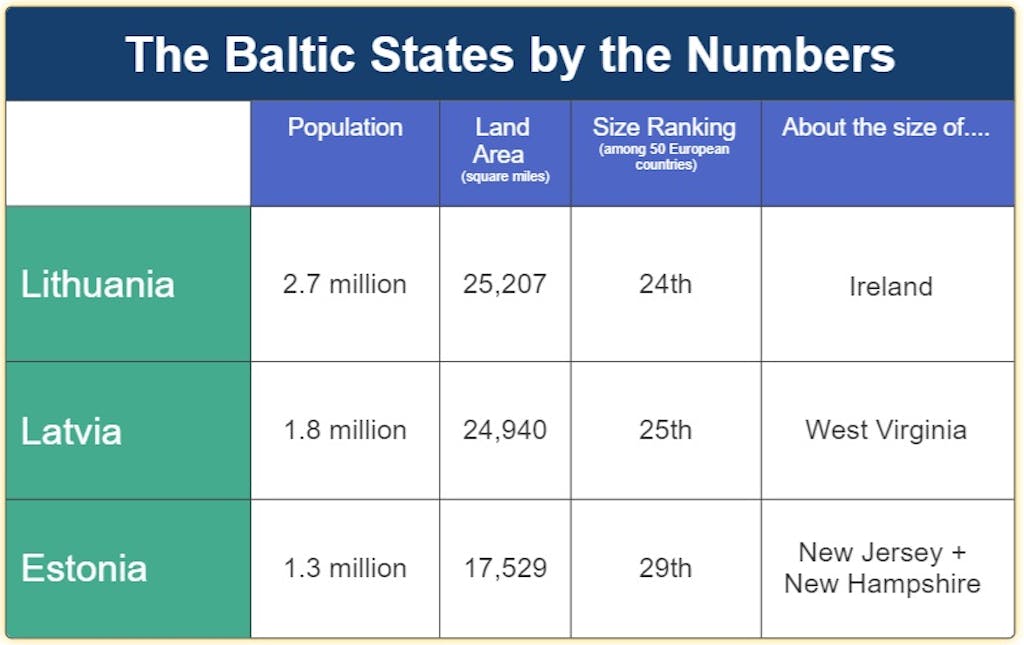
It depends, of course, on your perspective.
Europe is the world capital of small nation-states; think Monaco, Liechtenstein, San Marino, Andorra, Montenegro and so on. By those standards, Estonia, Latvia and Lithuania are medium-size.
Lithuania has 2.7 million people and ranks 35th among the 50 or so European countries. Latvia, with 1.8 million, is 38th; Estonia, with 1.3 million, is 40th. By comparison, San Marino has 34,000 residents.
By size comparison, Lichtenstein is 62 square miles and Monaco .77 square miles. Rhode Island, the smallest U.S. state, is 1,545 square miles.
If you added all three Baltic States together, you’d get just under 6 million people—about the same as Wisconsin. The three nations’ 67,676 square miles is slightly smaller than Missouri.
The Baltic States at their peak
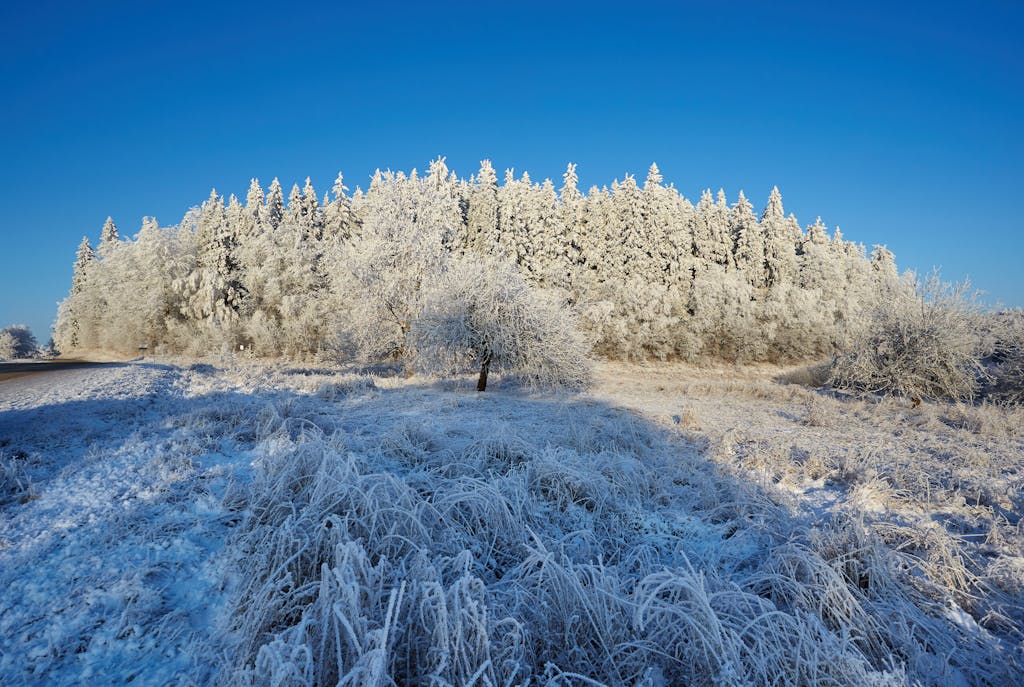
What’s the European geographic commonality that the Baltic States lack?
All but 10 of the 50 European countries include mountains (or at least, topographic rises above 2,000 feet, or 600 meters). The 10: Netherlands, Luxembourg, Denmark, Belarus, Monaco, Malta, Moldova and Estonia, Latvia and Lithuania.
The high point in Estonia is Great Egg Hill, or Suur Munamägi, at 1,043 feet, which is about 27 feet taller than the Shard in London. The tallest in Lithuania is a set of three hills just under 1,000 feet. Latvia’s Gaising is 1,024 feet.
How can we keep from singing?
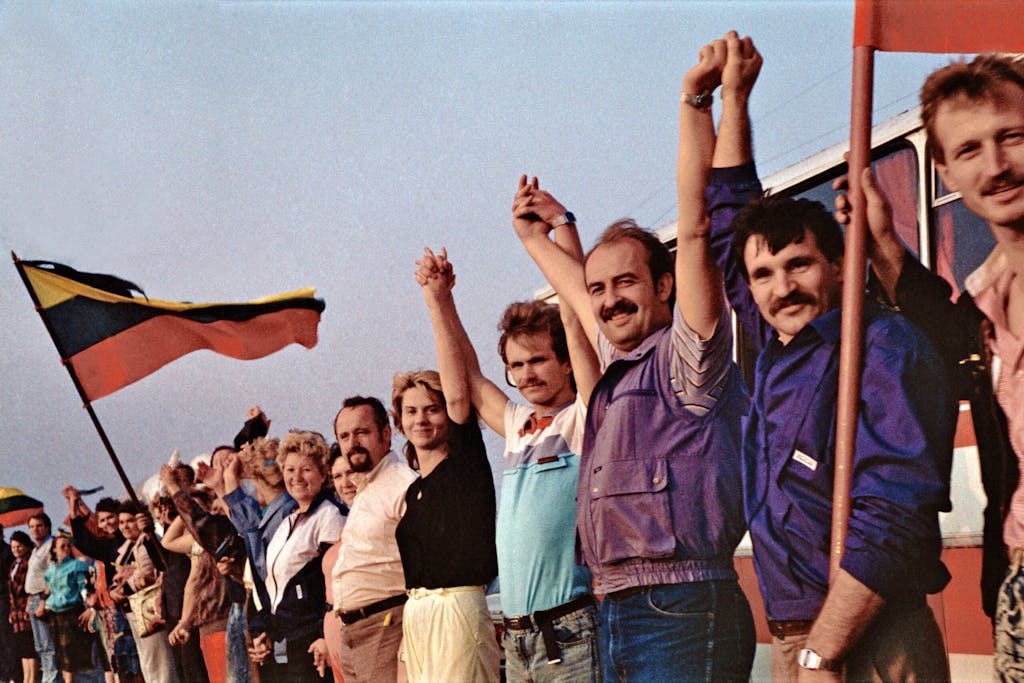
Suppose they called a revolution, and everyone broke out in song.
Sounds like a silly Hollywood movie, but that’s exactly what happened in Estonia beginning in 1988. Popular discontent with Soviet rule led a composer to craft a set of protest songs celebrating Estonia’s heritage and lost independence; the tunes became hits at an annual music festival and eventually drew hundreds of thousands of people to public song gatherings.
The idea of singing for change quickly spread to Latvia and Lithuania, and a year later the “Baltic chain” saw 2 million people link hands from Tallinn to Vilnius, Lithuania’s capital. Large groups of ordinary citizens blocked Soviet troops from seizing Tallinn’s radio/TV tower, and by 1991 all three countries had declared their independence from Moscow and installed democratic governments.
Try to think of any other political revolution, resulting in overthrow of a tyrannical foreign ruler, that was spurred by notes on a song sheet rather than bullets from a weapon. The Singing Revolution was the subject of a 2006 movie of the same name celebrating this singular achievement.
You can see Russia from here
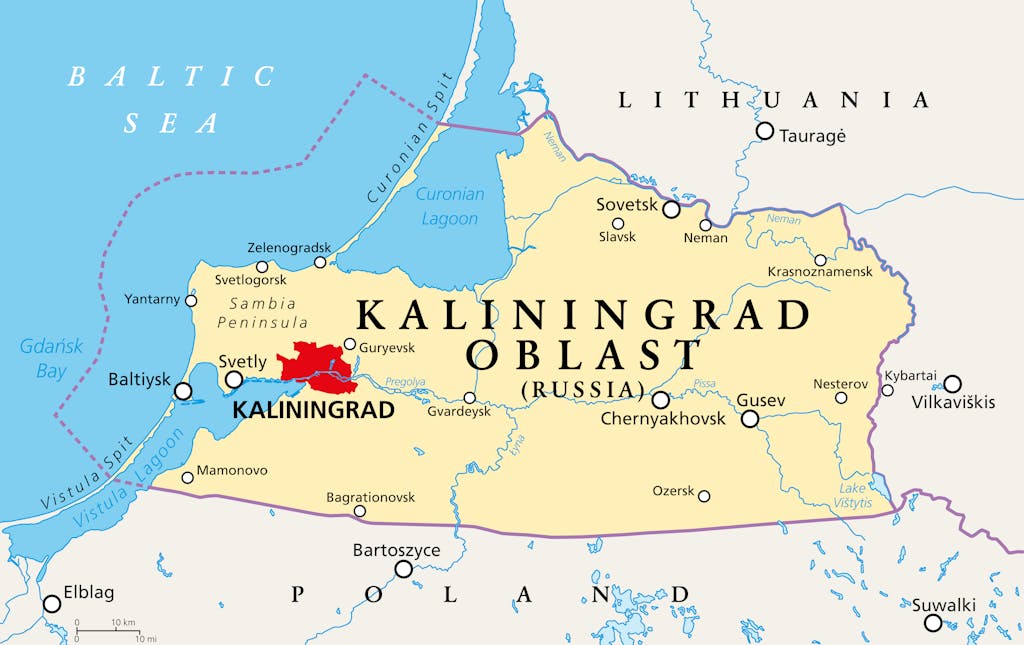
What’s that strange slice of land between Lithuania and Poland? Kaliningrad is an enclave — a geographically isolated outpost of another country — that’s still part of Russia. It has no land connection to its homeland.
Joining the European Union
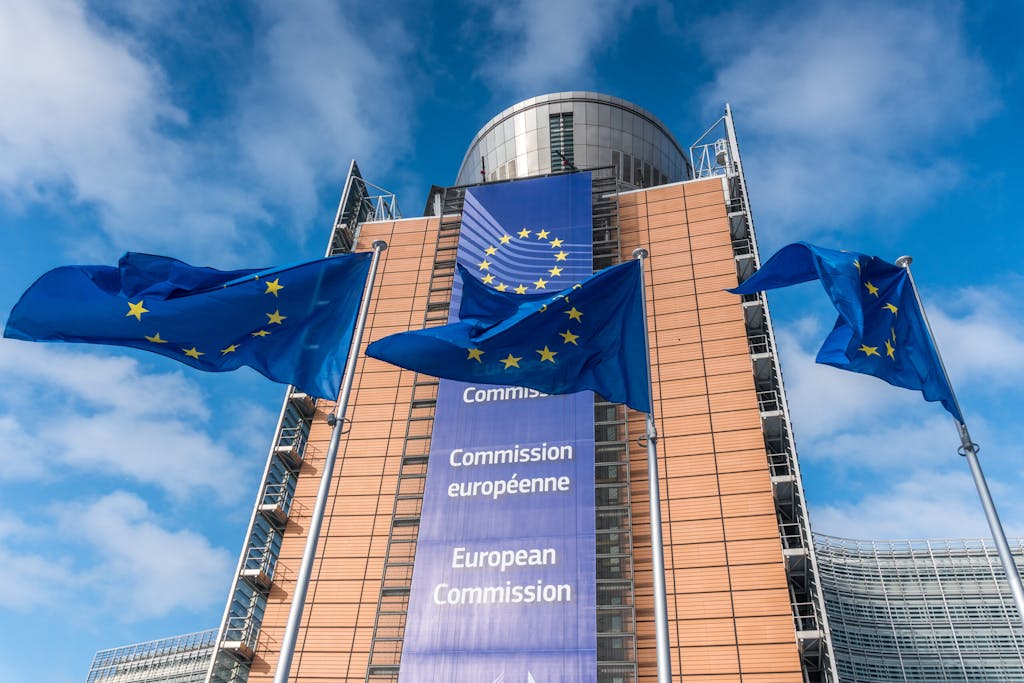
The three Baltic states acceded to the European Union in 2004 during a mass EU expansion in which 10 countries joined simultaneously, most from the former Soviet Union.
The Baltic trio is the most successful of the erstwhile communist nations to have joined the EU — a conclusion buttressed in July 2024 when Estonia’s prime minister Kaja Kallas was selected to become the EU’s foreign minister, one of the highest offices in Europe.

Fervently opposed to Russian expansionism — her grandfather fought in the 1918-1920 war of independence — Kallas was added to a Russian arrest list in early 2024 because the Estonian government removed some Stalinist monuments.
Is it really light at midnight?
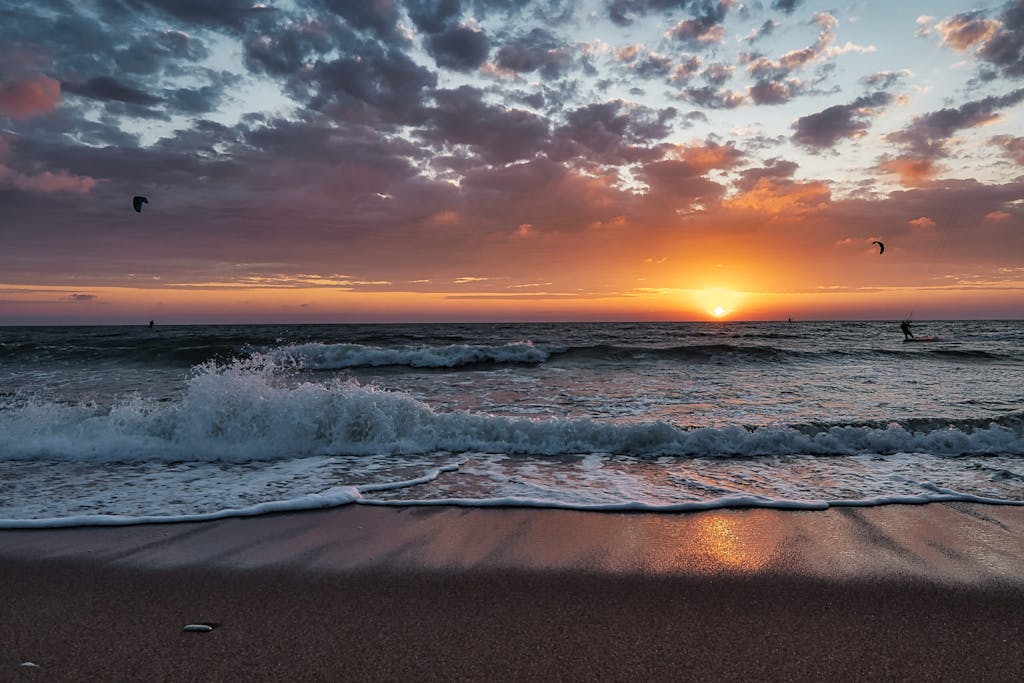
At midsummer, daylight dims in the northwest sky around 11 p.m. and begins to brighten again around 2 a.m. June through August. Nights are short and days are long, blissful episodes of clear amber light, with just a distant hint of indigo in the northeasterly firmament.
All about the Baltic Sea
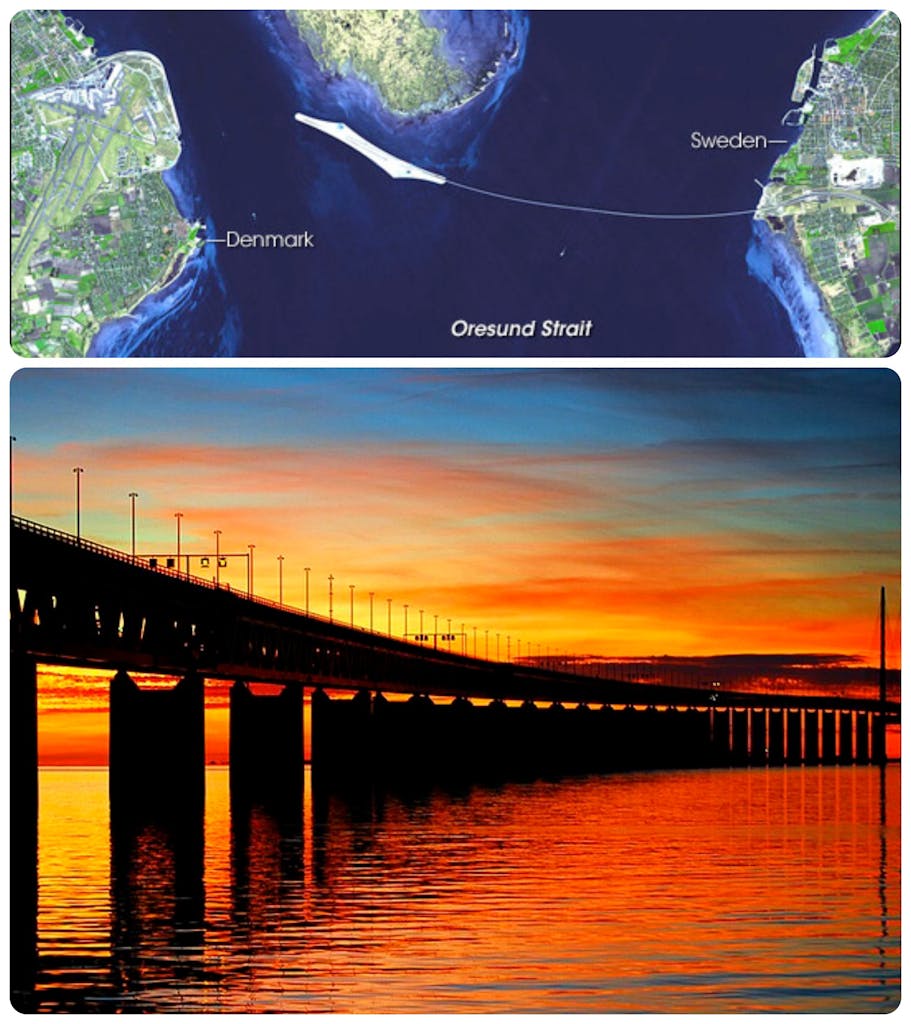
Depending on how you interpret the term “sea,” of the world’s two dozen or so such bodies of water, the Baltic is unique in several ways. Most notably, it is the least saline of all the world’s vast interconnected ocean system. Surface salinity ranges from .3 percent in the far north to .9 percent in the southern reaches.
Why? First, it is fed by vast amounts of incoming fresh water from Scandinavia, especially the northern reaches of Sweden and Finland; in the Gulf of Bothnia, which separates those two Nordic countries, salinity can be as low as .3 percent. In the arm of the Baltic along which Estonia, Latvia and Lithuania lie, it averages .5 percent.
The Baltic entryway, the Oresund strait that separates Denmark and Sweden, is narrow, so there’s little water exchange between the sea and open ocean.
This means the water hosts oceanic species such as herring but is much “lighter” in feel than open ocean water. Mediterranean salinity approaches 4 percent; the Dead Sea is 33 percent; and the world’s oceans average 3.5 percent.
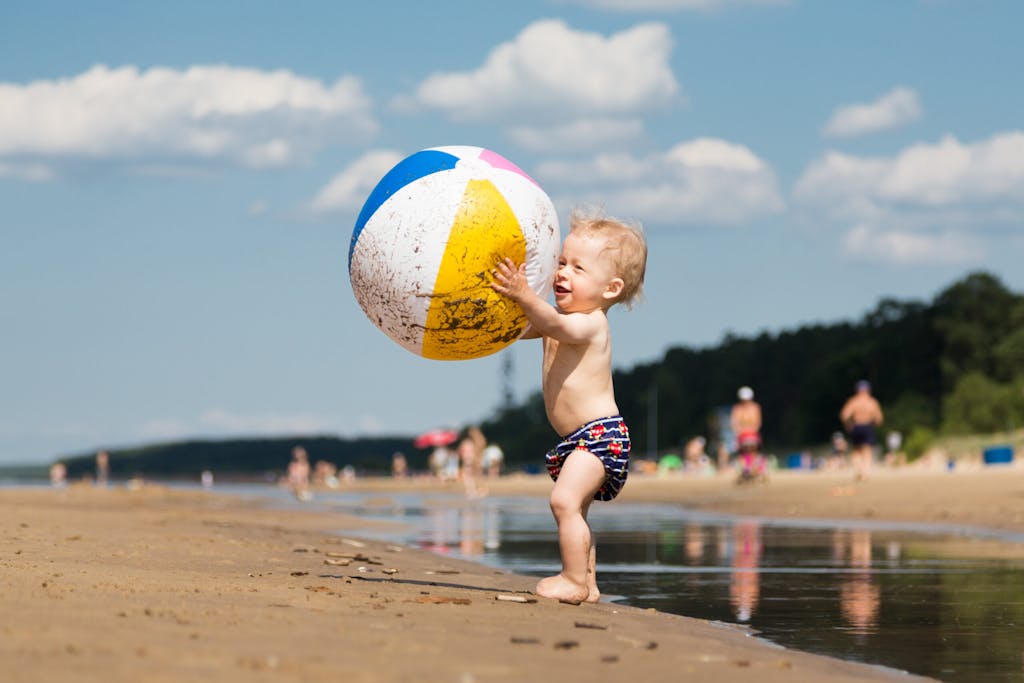
Go to the beach. Do stuff. Sounds simple—and it is. Stroll the honey-colored sand, enjoy the ever-fresh breeze, ride your bike along shoreline paths, and be sure to bring your swimsuit.
This is far, far north. So why are there beach resorts all along the Baltic shore?
The Baltic’s shallow waters warm wonderfully in the long summer days that bathe the land in sunshine four months of the year. Average water temperatures at beaches near Riga can reach 68 degrees Fahrenheit in July and August.
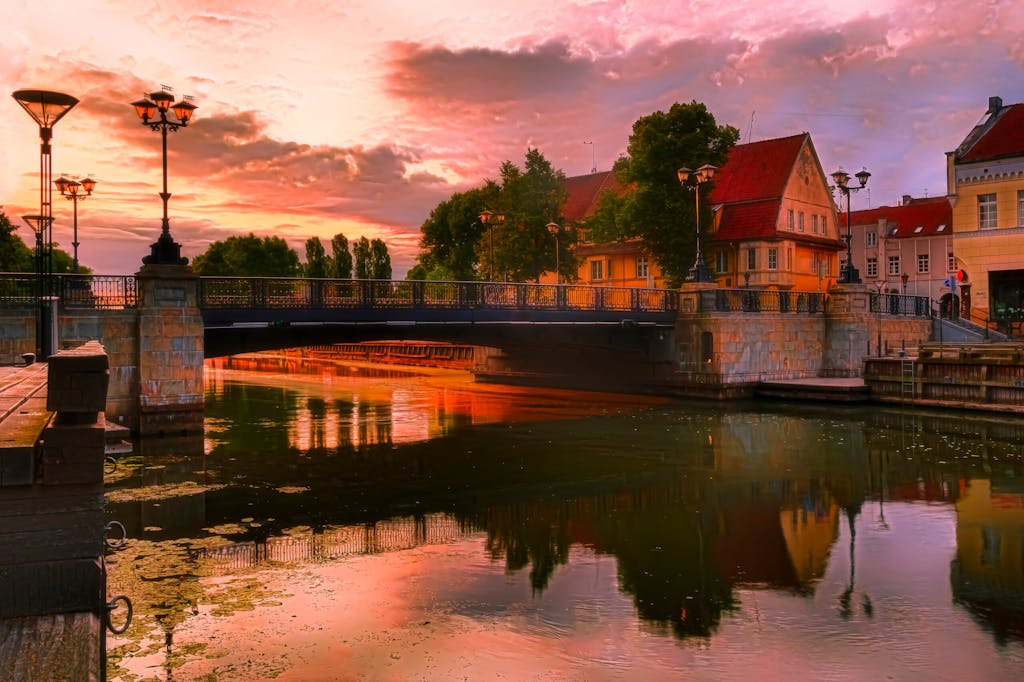
The summer hotels lining the shore west of Riga at Jurmala and at Klaipeda reflect something else. During Russian and Soviet empire days, these were much-sought summer getaways. A few grand old hotels have survived the turmoil of the past century and provide a glimpse into Gilded Age glamour; more recent mid-century lodgings are less imposing but escaped the Brutalist architecture madness of Soviet days.
What awaits me in terms of activities?
The three main port cities — Lithuania’s Klaipeda, Latvia’s capital Riga and Estonia’s capital Tallinn — are enticing small, urban areas that have remarkably well-preserved urban centers, despite the conflict and turmoil that has engulfed this region.

Tallinn, especially, is considered one of the best-kept medieval old towns in all of Europe. A wonderful hilltop cathedral offers sensational views of the ancient streets below and of the sparkling Baltic in the distance. Klaipeda and Riga are set along charming riverbanks with broad promenades on either side.
All three cities contain brightly painted centuries-old palaces and church buildings bound by stone-paved plazas.
All three are walkable, pleasant and safe. You may be wandering Riga’s old town of a summer evening and come upon an open-air concert by a superb scat singer who’s a devotee of Ella Fitzgerald.
And outside the cities?
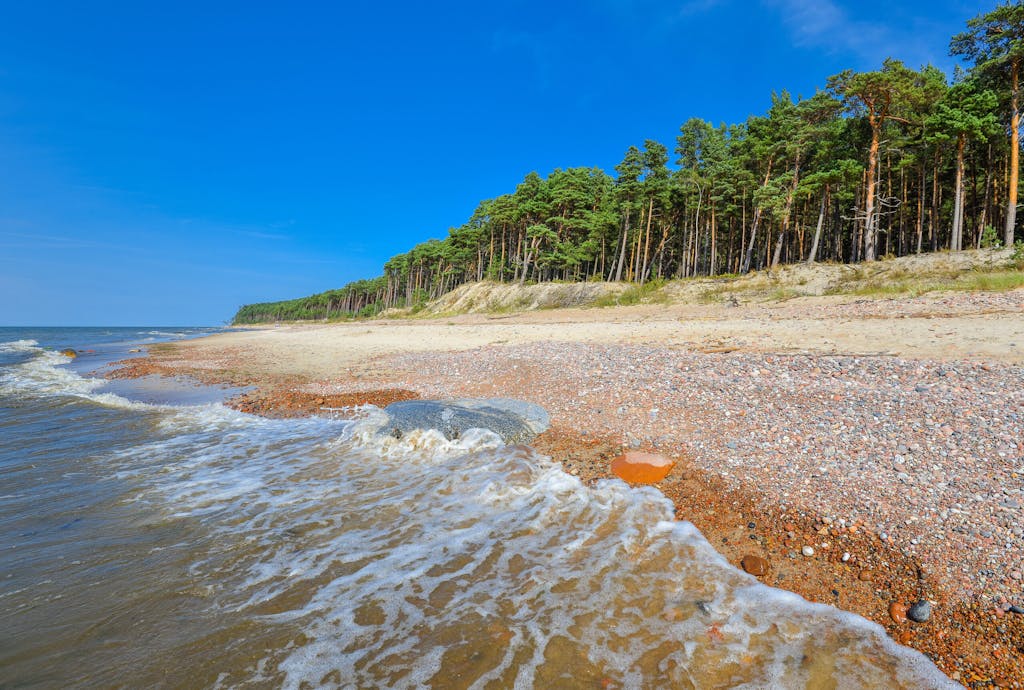
Little ferries take beachgoers from central Klaipeda to nearby Curonian Spit National Park, a memorable strand of tall sand dunes fronting the sea. Pack your swimsuit. The beaches west of Riga are pleasant flat strands of honey-colored sand washed by calm, balmy waters.
The Baltic countryside is a gorgeous landscape of rolling fields braced by boreal forests of pine and birch. Fireweed sends fuchsia spires skyward while ancient oaks line quiet streets in tiny rural towns. Tall towers at old farmsteads provide stork-nesting platforms.
In Estonia, most small towns have a park with massive wooden swings unique to this country; teenagers try mightily to send the swings in a 360-degree circuit, but visitors settle for less adventuresome rides.
About those saunas
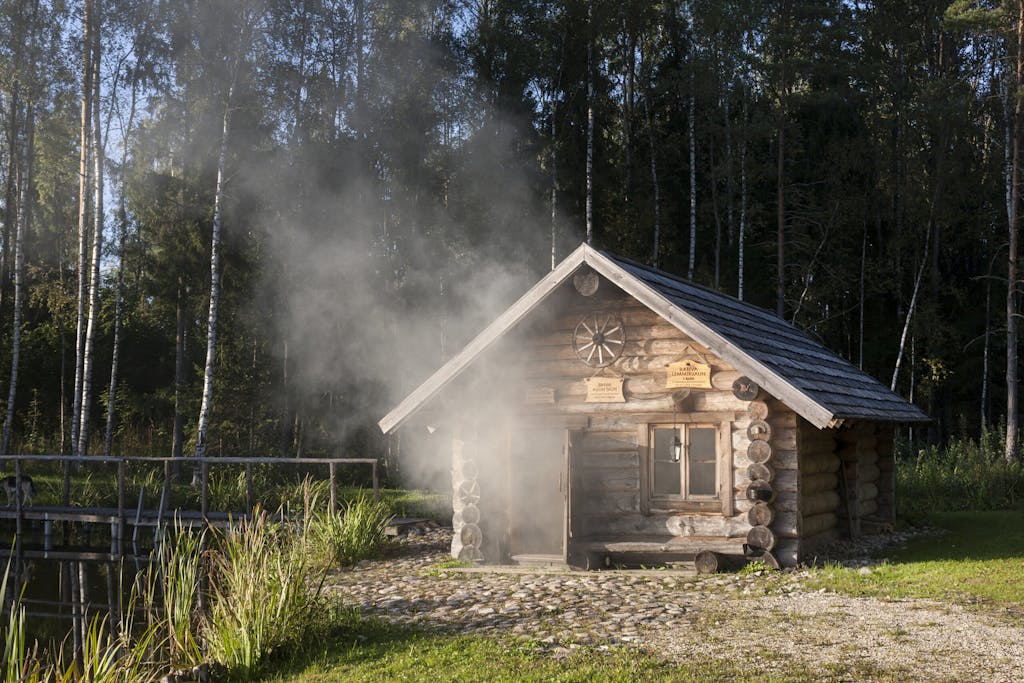
This Baltic tradition consists of steaming oneself in a tile- and pine-lined, wood-fired chamber, followed by (somewhat) gentle thrashing with birch branches. The saunas approach 200 degrees F, and the branch-beating yields a profound sense of mellow wellness.
Who do you think you are, anyway?
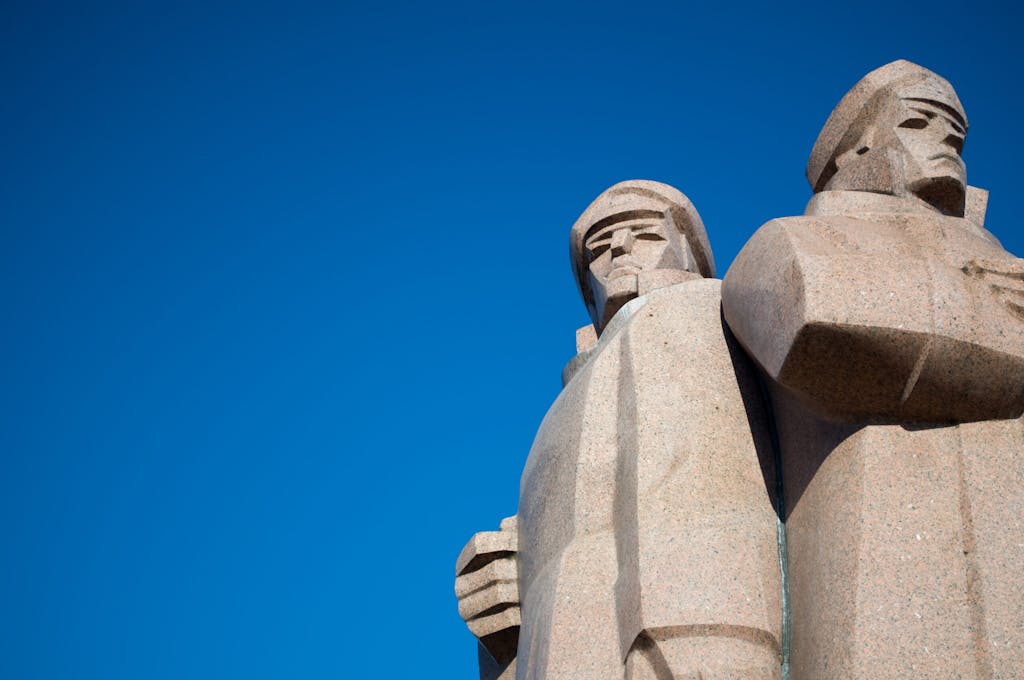
Understanding European demography and history is more daunting than quantum mechanics. As in all the rest of Europe, migrating tribes and languages have sometimes represented, sometimes conflicted with, ruling systems and national boundaries. Some places have been independent countries and then not, half a dozen times. The Baltic states typify this tortuous history.
“War, then war, then a war. Then one day of peace. Then invasion and conquest,” Estonian guide Stein-Erik tells us on a day trip through the Latvian and Estonian countryside. “Then two days of independence. Then—guess what? Yes, war again. Then some more war.”
That’s why the Baltic peoples fiercely guard their freedom and 21st century peace. All three joined the EU and NATO as soon as they could in 2004.
Are Baltic peoples Slavic?
No. They’re Baltic.
What is Baltic?
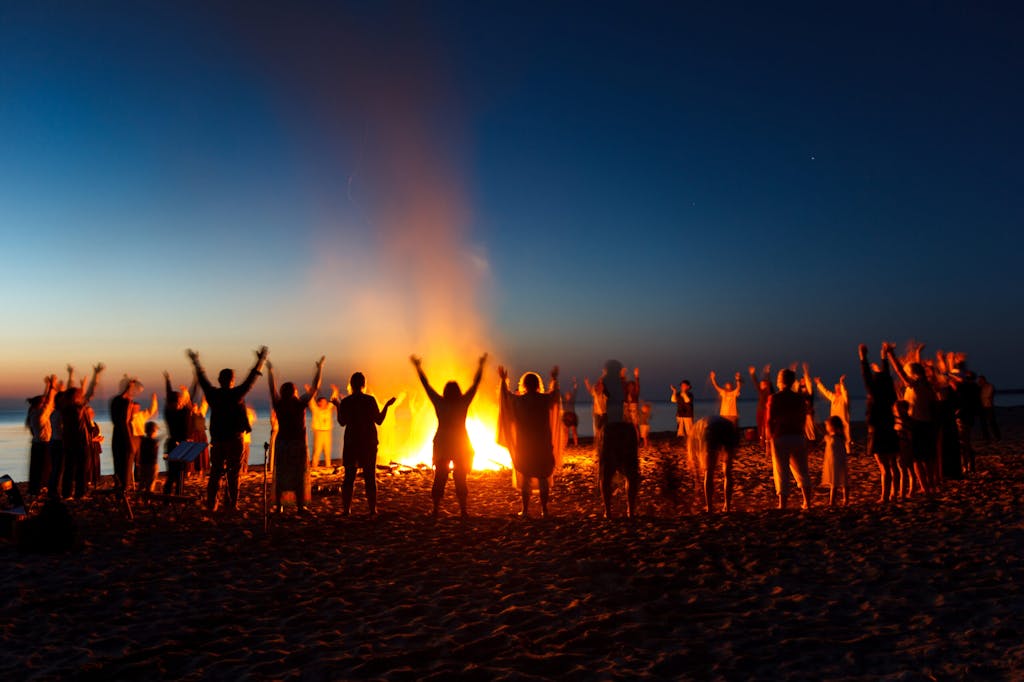
Encyclopedia Britannica recognizes 160 culturally distinct historic groups in Europe. Estonians, Latvians and Lithuanians are among them, and their ancestors have been here at least a thousand years or more — often much more.
Estonians are “Uralic” and represent a people who probably originated in the middle of Russia. Latvians and Lithuanians are cousins (though their languages are not mutually intelligible) representing the descendants of various tribes that first arrived here thousands of years ago.
Since then, injections of Viking, Germanic, Danish, Russian and Polish peoples have accompanied invasions and takeovers by innumerable outside powers. But through all the centuries, each land has retained its identity.
If you inquire in Finland about the Finnish language, which is difficult and distinctive, they’ll tell you it’s unlike any other in the world.
Guide Stein-Erik disputes that. “Very similar to Estonian. They just don’t ‘see’ us.”
What’s for dinner?
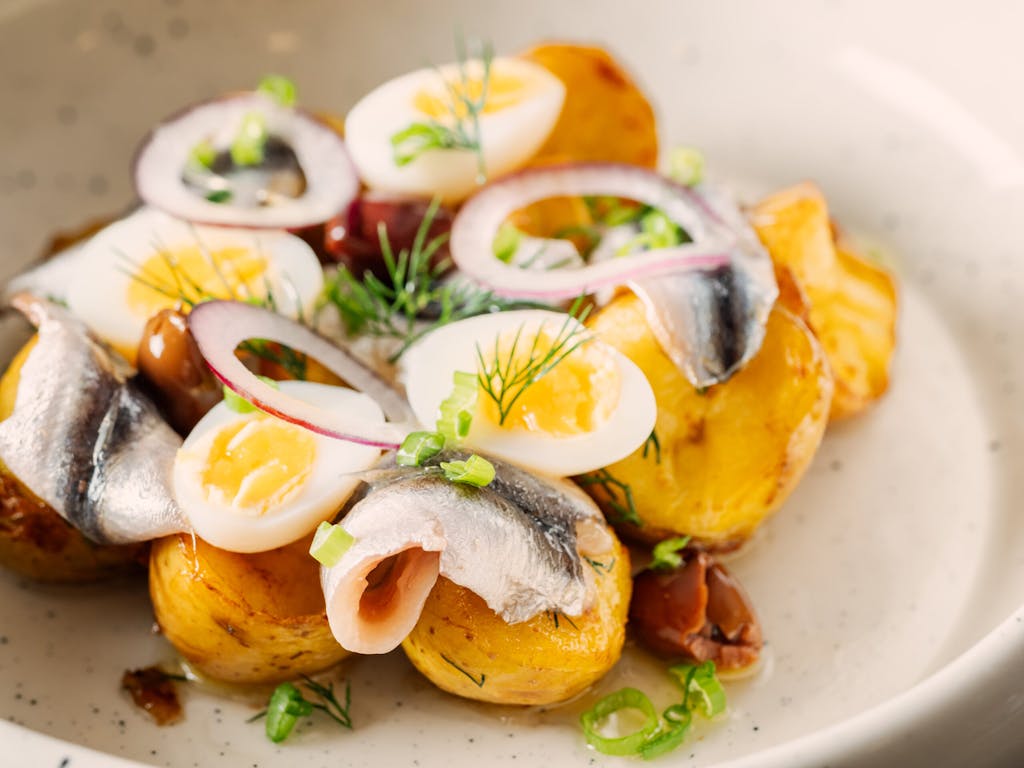
Sprat and spuds.
As humdrum as it may sound, the cuisine of Northern Europe has long centered on two mainstays of human life here for centuries, one native, one an emigrant from the mountains of South America.
Properly prepared, they are as delightful as any of the modern delights elsewhere in Europe that were once considered “peasant food.”
“Sprat” applies to the small baitfish of various types common in Baltic waters, including herring, sardines and so on. It may seem déclassé compared with lobster thermidor, say, but fresh herring lightly braised is as good as any seafood on Earth — and superbly good for you: They contain heart-healthy Omega-3 fatty acids, thought to be beneficial for long-term cognitive health.
Salmon is the other Baltic standard seafood; it comes from Sweden and Norway, which are close: 290 miles from Riga to Stockholm, less than Los Angeles to San Francisco. Baltic salmon are usually farm raised and are by species Atlantic salmon. They’re delicious, wild or not.
You say potato, they say…potato
I once had, in a Riga restaurant, a meal that included potatoes prepared five ways: roasted, steamed, au gratin, fried and boiled. Yes, really. All five were different and very good.
And then there’s the old Soviet-era Latvian joke about potatoes.
Q: What did one potato say to the other?
A: Ridiculous premise. Who has two potatoes?
What about other Baltic foods?

The other European standard, sausage, has its own unique forms in all three Baltic lands. In Klaipeda, for instance, several cafes and food stands in the old town and along the Dane River provide their own handmade versions of the Lithuanian skilandis, containing dried, smoked meats and garlic. Look for similar preparations in Latvia and Estonia.
Cold beet soup is a delightful Latvian summer specialty, served with sour cream. And in Tallinn, look for herring tartare (Baltic sashimi) with mayonnaise. You won’t find that just anywhere.



